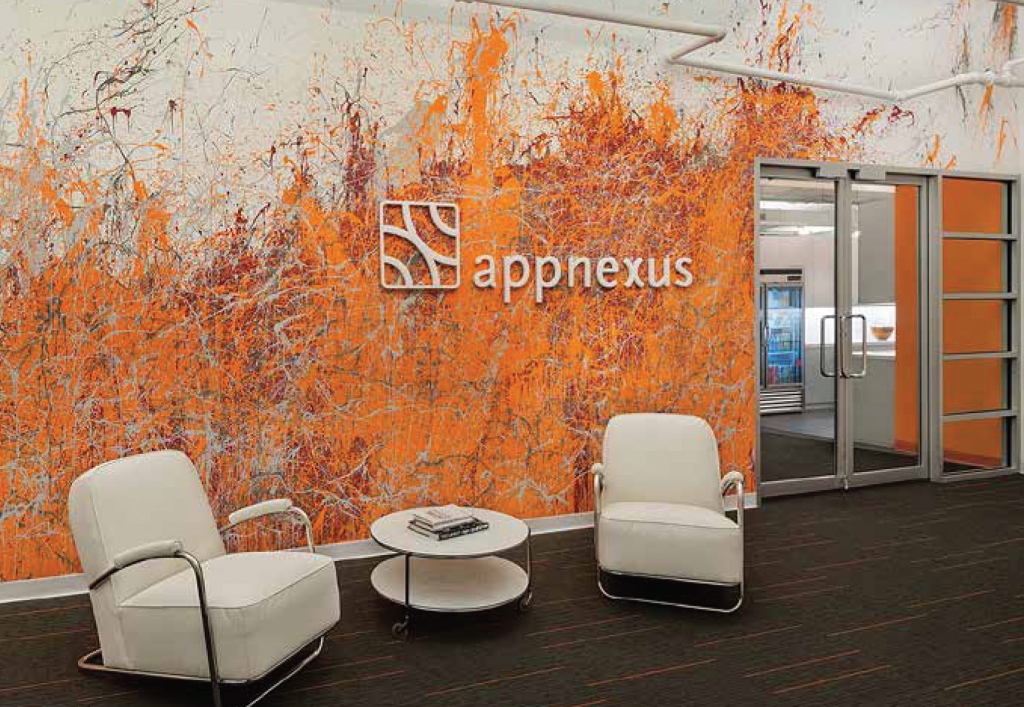Jill Ayers, president and creative director at NYC-based Design360, has worked in the environmental-graphics field for nearly 20 years since graduating from the University of Michigan. Initially, she worked for Two Twelve Assoc., another prominent design firm, before joining Design360 10 years ago. She’s currently serving as president of the Society for Experiential Graphic Design (SEGD – the “E” stood for “environmental” until late last year), which will hold its annual conference and tradeshow in Atlanta, June 5-7.
“When I was at Two Twelve, we worked on a lot of civic and large-institution wayfinding programs,” she said. “At Design360, we’ve focused on retail, educational and corporate environments, as well
as exhibit and tradeshow graphics, but we’re experienced in all facets of environmental-graphic design (EGD).”
Ayers said the “sweet spot” for her firm’s involvement in an EGD project is typically eight to 10 months before a project’s reveal, which accounts for a month-long bid process and a two-month fabrication cycle. She added, “If our involvement stretches beyond a year, it can be a challenge because substantial changes are more likely to occur when a project lingers and more stakeholders are involved.”
For the majority of projects, Design360 makes fabricator recommendations. Because the firm performs most of its work for private entities, the lowest bid doesn’t automatically win the job. Ayers’ most important attribute for an effective designer-fabricator relationship? Transparency.
“Fabricators are our partners in a project’s success,” she said. “We need them to be upfront about the viability of speced materials and the workflow. We need their input and expertise, not just a set of stamped drawings.”
Although the firm keeps abreast of new technological developments, Ayers said clients have been wary about adopting such products as dynamic-digital signage: “Before the recession hit, there was a great deal of interest in electronic signage, and it was frequently included. However, over the last five years, there’s been pullback in its usage. Economic challenges contributed to a reluctance to integrate new types of signs. We’re not pushing an agenda of sign types or materials; we focus on what clients want.”
Advertisement
Ayers noted, in some cases, in order to deliver optimal environmental graphics, Design360 partners with firms that specialize in audio-visual system integration and content management.
Ayers noted an interest in diverse materials and methods has tweaked the firm’s design approach. For instance, handpainted signage and other old-school techniques are gaining renewed appreciation from younger demographics.



 Paula Fargo2 weeks ago
Paula Fargo2 weeks ago
 Real Deal1 week ago
Real Deal1 week ago
 Photo Gallery2 weeks ago
Photo Gallery2 weeks ago
 Projects1 week ago
Projects1 week ago
 Business Management1 week ago
Business Management1 week ago
 News20 hours ago
News20 hours ago
 News1 week ago
News1 week ago
 Dale Salamacha5 days ago
Dale Salamacha5 days ago







